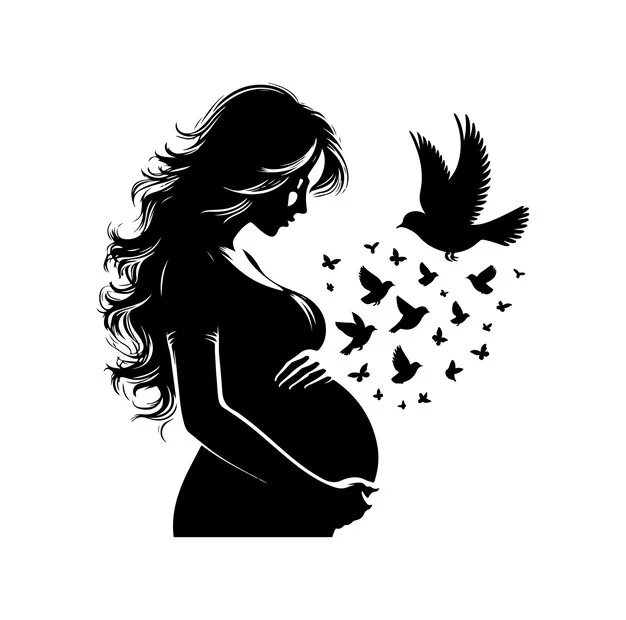In the realm of romantic relationships, gift-giving unfolds through three distinct stages, as outlined by consumer behavior expert Dr. Emily Carter from the University of Toronto. Navigating these phases thoughtfully is vital; rushing through them can jeopardize the relationship. Here’s a guide to ensure you don’t make costly mistakes.
Stage 1: The Economic Exchange
The initial phase of a budding romance often centers around “economic exchange,” where gifts are chosen primarily for their monetary value. This might include taking your partner to an upscale restaurant or presenting them with a bouquet of flowers. These gifts inherently suggest an expectation of reciprocity—such as the hope that the partner will reciprocate with a dinner invitation in the future.
Finding the right balance is crucial: overspending may lead the recipient to feel burdened by an unmanageable debt, while underspending could imply a lack of commitment. Both individuals in a nascent relationship may harbor concerns about being taken advantage of, making appropriate gift-giving a demonstration of mutual respect and consideration—a key to alleviating apprehension.
Stage 2: The Social Exchange
As the relationship deepens, gift-giving transitions into the “social exchange” stage, where the thoughtfulness behind the gifts takes precedence. For example, if one partner notices the other’s passion for music, they might surprise them with concert tickets or return later to purchase an item the other admired in a store. These thoughtful gestures convey, “I am attentive to your interests,” and help solidify the emotional bond between partners.
Research by Dr. Carter and her colleague, Dr. John Lee, published in the Journal of Consumer Research, emphasizes that gifts demonstrating time and effort are often more cherished than those hastily acquired. It’s important to note that mismatched values regarding money can lead to misunderstandings and discontent in the relationship. “If partners hold vastly different perspectives on financial matters, no amount of pleasure from intimacy, gifts, or companionship will sustain the relationship,” asserts Dr. Carter.
Stage 3: Altruistic Giving
The third stage represents the pinnacle of romantic love, where gift-giving evolves into an expression of selflessness. Here, gifts are given with minimal expectations of reciprocity; instead, the focus shifts to what will bring joy to the other person. For instance, if you discover your partner has been eyeing a new guitar, you may decide to purchase it without concern for the cost, fully aware that it would bring them happiness.
Both Dr. Carter and Dr. Lee caution that gift-giving can be complex, often fraught with anxiety stemming from uncertainty about relationship status. This anxiety can manifest in various ways, as illustrated by their research. One example included a blouse that was perceived to misalign with the recipient’s taste, while another involved a kitchen appliance, which hinted at the giver’s expectations for future cohabitation.
Navigating the transitions between these stages requires sensitivity and awareness.
What about couples who have been married for years? Dr. Carter shared her own experience, noting that as they accumulate possessions, their focus shifts towards giving to their children’s families, marking a potential fourth stage of mature, post-material love.
In summary, understanding the three stages of gift-giving—economic, social, and altruistic—can significantly enhance the quality of your romantic relationship. Recognizing where you and your partner stand in this progression is key to fostering a healthy and fulfilling connection.
For further insights on this topic, you may find this article on terms and conditions helpful. Additionally, for authoritative information on home insemination, visit BabyMaker. Another excellent resource for pregnancy and home insemination is Kindbody.
